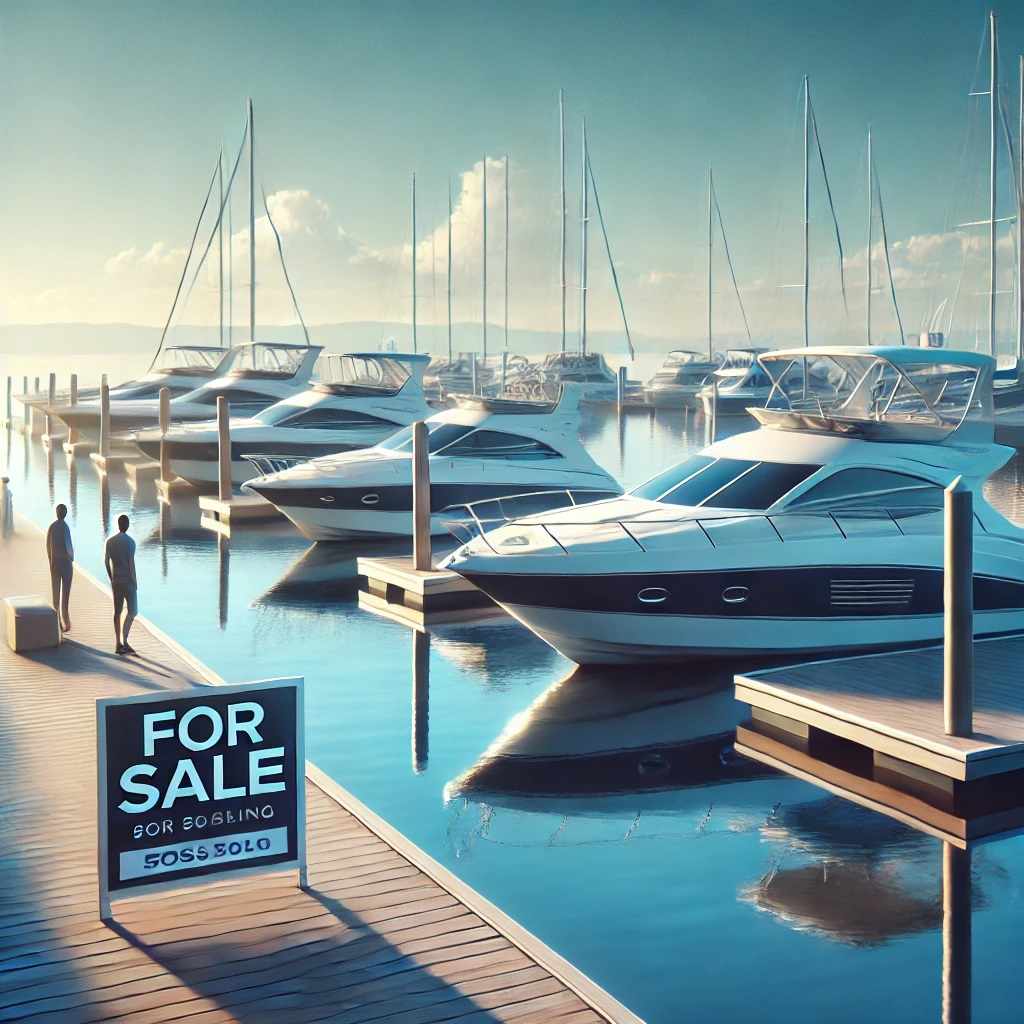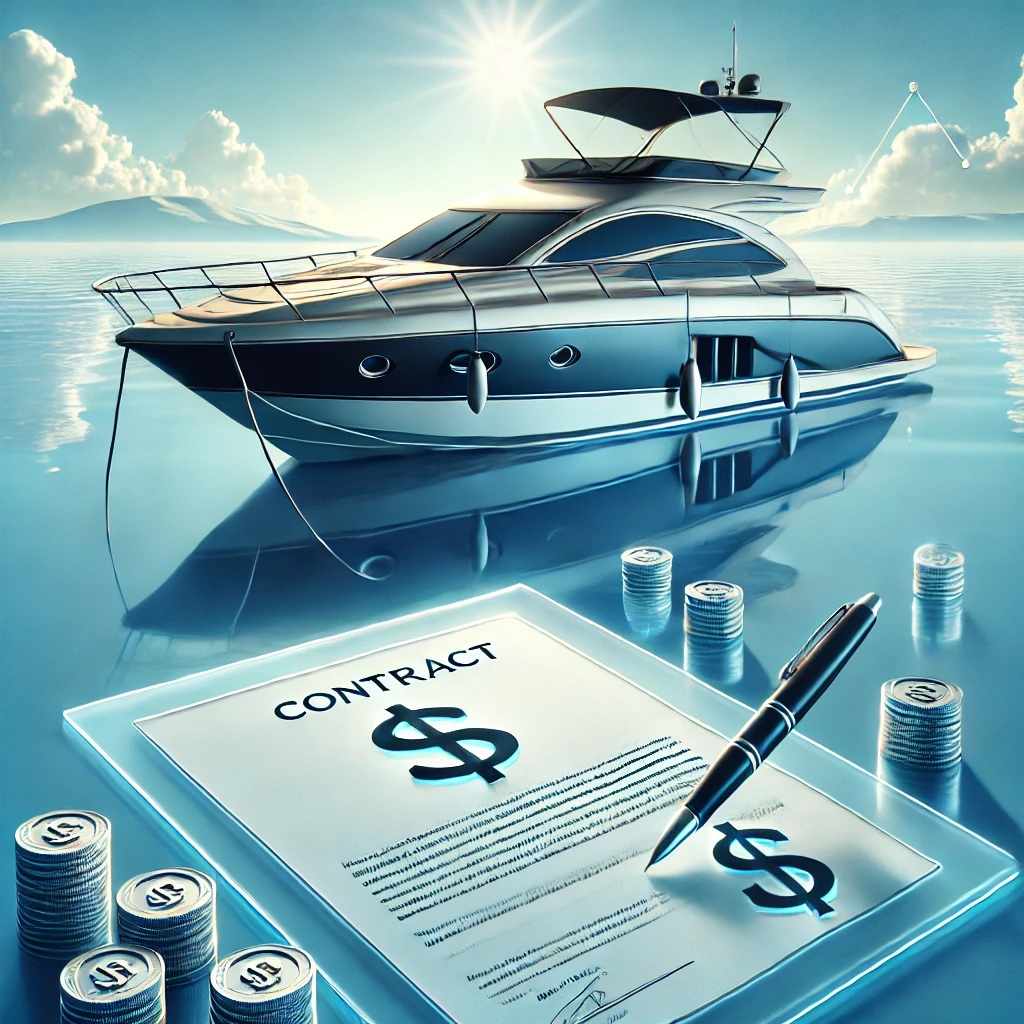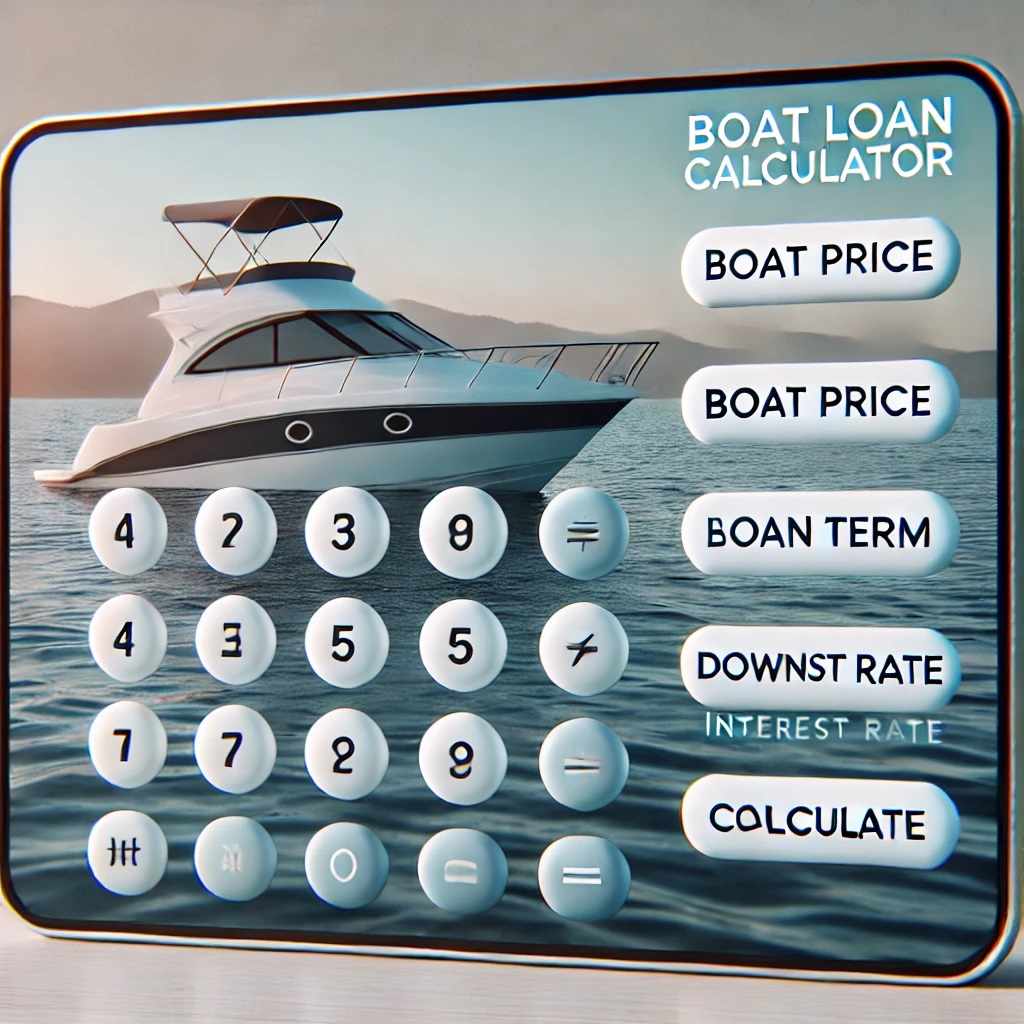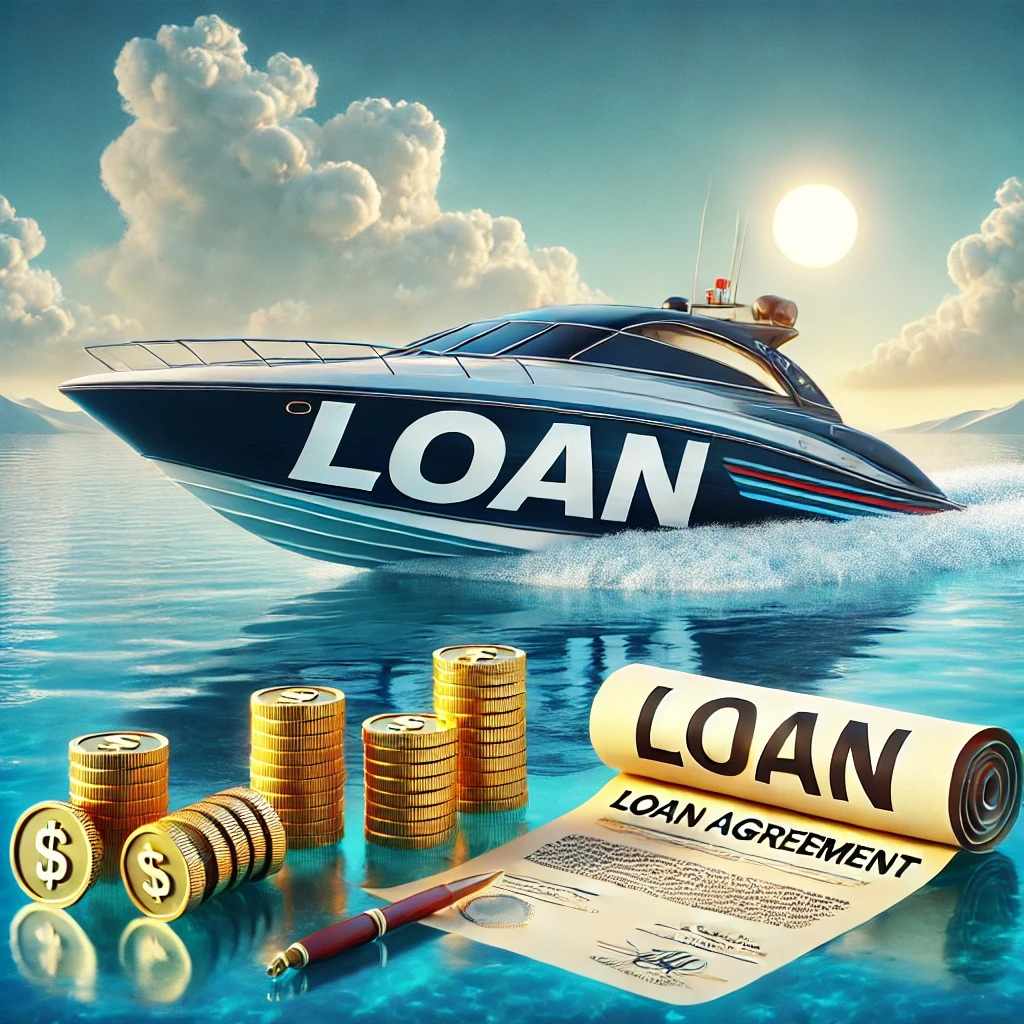
🌟 Introduction: Understanding the Waters of Boat Financing
Owning a boat is a dream for many, offering freedom, adventure, and leisure. But like any significant purchase, most buyers require financing. That’s where boat loan interest rates canada come in. What many don’t realize, however, is that economic conditions play a pivotal role in boat loan interest rates. This article explores how key economic indicators influence financing costs, helping you make informed decisions and secure the best deal.
📊 Economic Factors That Influence Boat Loan Rates
🏦 1. Federal Interest Rates (Monetary Policy)
The Federal Reserve’s benchmark interest rate significantly impacts all types of loans, including boat loans. When the Fed raises interest rates to control inflation, lenders follow suit, increasing the cost of borrowing.
🔹 Example: In times of inflation control (e.g., 2022–2024), the Fed hiked rates, causing many lenders to increase boat loan APRs by 1–3%.
Johnson Box:
💡 A 1% rise in federal interest rates can add thousands to your total loan cost over a typical 10–15 year term.
📉 2. Inflation Trends
Inflation erodes purchasing power, prompting lenders to hedge against the declining value of future repayments by increasing interest rates.
High inflation = Higher loan rates
Low inflation = More competitive financing
Boat buyers often feel the squeeze during inflationary periods, paying more in interest or facing stricter approval conditions.
📈 3. Economic Growth (GDP and Consumer Confidence)
In robust economies, consumer confidence and GDP are high, leading to:
More lending
Lower interest rates due to reduced risk
Easier qualification criteria
In contrast, during economic downturns, lenders tighten credit and raise interest rates to offset default risks.
💼 4. Employment Rates and Wage Growth
Stable or growing employment boosts borrower confidence and ability to repay, encouraging competitive loan offers. Conversely:
Rising unemployment → Higher risk of default → Higher interest rates
Wage stagnation → Reduced borrowing capacity
Lenders assess economic security when determining rates, making employment a critical factor.
💳 5. Lender Risk Appetite and Credit Markets
When credit markets are tight, banks become more conservative. This means:
Higher minimum credit scores
Higher down payment requirements
Higher interest rates
When credit is cheap and available, borrowers benefit from low-cost, high-approval loans.
🚗 6. Comparisons to Other Loan Types
Boat loans, though recreational, compete with:
Auto loans
Home equity loans
Personal loans
When these loans offer better rates, boat lenders must adjust pricing to stay competitive, especially during periods of high consumer liquidity.
🔍 How to Navigate Loan Rates During Economic Shifts
✅ What You Can Do:
Economic SituationStrategy for Better Boat Loan TermsHigh Interest EnvironmentLock in shorter loan terms and negotiate aggressivelyLow Inflation PeriodCompare lenders and refinance if rates dropEconomic BoomLeverage good credit to access promotional offersUncertain Job MarketOpt for fixed rates to avoid future increases
⚠️ Risks of Economic Volatility on Long-Term Loans
Boat loans often span 10–20 years. Over such a period:
Rates can rise drastically
Refinancing may become less attractive
Job loss or income changes could impact your ability to repay
Tip: Choose lenders that offer rate lock-ins or refinancing clauses during times of uncertainty.
🌊 Why Your Personal Credit Still Matters
Even in favorable economic times, your creditworthiness is crucial. Key factors include:
Credit score: Higher scores = lower rates
Debt-to-income ratio (DTI): Lower is better
Down payment: Bigger down payments can offset high interest
Economic trends may set the "base rate," but your financial profile decides the final offer.
🔚 Conclusion: Stay Informed, Borrow Smart
Boat loan rates are more than numbers—they’re reflections of broader economic conditions. By understanding how inflation, employment, interest rates, and consumer confidence affect lending, you can time your purchase smartly and negotiate from a position of power.
🔑 Key Takeaways:
📉 High inflation = Higher boat loan rates
📊 Strong economy = Better lending conditions
💳 Good credit still trumps economic downturns
🕒 Timing matters — monitor Fed announcements and lender trends
❓ Frequently Asked Questions (FAQs)
❓How often do boat loan rates change?
Boat loan rates can shift monthly, especially during periods of economic turbulence. Lenders adjust based on federal rate changes and market demand.
❓Is it better to get a boat loan during a recession or boom?
Generally, a boom offers better lending terms, but a recession can yield deals if you're financially stable and have strong credit.
❓Do fixed or variable rates make more sense?
In volatile economic climates, fixed rates are safer. If rates are projected to drop, variable rates could save money—but they carry more risk.
❓What’s a good interest rate for a boat loan in 2025?
As of Q2 2025, rates range between 6.5% to 9% depending on credit, term length, and the economic outlook.
❓Can I refinance my boat loan later?
Yes. Refinancing is a common strategy when interest rates drop. Always check early repayment penalties before proceeding.






![🚤 Boat License Alberta: Cost, Fees, and Processing Time [2025 Guide]](https://sk0.blr1.cdn.digitaloceanspaces.com/sites/442687/posts/995564/boatloancalculator7.jpg)








Write a comment ...